While corporal punishment has been banned in schools in India, teachers resorting to physical punishment have been reported even in the recent past. Such actions violate the rights of children and also have significant negative consequences on their well-being and development.
In India, the law on corporal punishment in schools is primarily governed by the “Right of Children to Free and Compulsory Education Act, 2009” (commonly known as the RTE Act) and various state-level regulations. The RTE Act prohibits physical punishment and mental harassment of children in schools and emphasizes creating a safe and inclusive learning environment. Here are some key points related to the law on corporal punishment in India:
- Right of Children to Free and Compulsory Education Act, 2009: The RTE Act explicitly prohibits physical punishment and mental harassment of children in schools. Section 17 of the Act states that no child shall be subjected to physical punishment or mental harassment, and any person found guilty of doing so could face disciplinary action.
- State-Level Regulations: While the RTE Act provides a broad framework, many states in India have formulated their own regulations and guidelines to reinforce the ban on corporal punishment. These regulations define what constitutes corporal punishment, outline disciplinary measures for violations, and emphasize the importance of creating a child-friendly and safe learning environment.
- Guidelines for Teachers and Schools: The National Commission for Protection of Child Rights (NCPCR) has also issued guidelines to schools and teachers to prevent corporal punishment. These guidelines emphasize the need to adopt positive discipline methods, encourage open communication with students, and create awareness about the harmful effects of physical punishment.
- Awareness and Sensitization: The government and various organizations are actively working to raise awareness about the harmful effects of corporal punishment and to sensitize teachers, parents, and students about the importance of creating a nurturing and non-violent learning environment.
- Consequences of Violation: Violating the ban on corporal punishment can lead to disciplinary action against responsible individuals, including teachers, staff, or school administrators. This may include warnings, suspension, termination, or legal action based on the severity of the offense.
What are the long-term consequences of Corporal Punishment?
Physical and Emotional Impact
When children are subjected to physical punishment, they can suffer immediate physical harm, including bruises, marks, and even injuries. Beyond the physical pain, the emotional impact can be severe, leading to fear, anxiety, and a loss of trust in teachers and the school environment.
Psychological Effects
Physical punishment can have lasting psychological effects on children. It can lead to low self-esteem, feelings of humiliation, and a distorted understanding of discipline. Some children may develop behavioral problems, aggressive tendencies, or social withdrawal as a result of experiencing violence in schools.
Impact on Learning
Children who are subjected to corporal punishment may associate school with fear and negativity. This can hinder their ability to focus on learning, resulting in poor academic performance. The emotional stress caused by such incidents can also affect their cognitive development and overall learning experience.
Cycle of Violence
Witnessing or experiencing violence at an early age can perpetuate a cycle of violence. Children who learn that aggression is a way to solve problems might grow up to replicate similar behavior in their own lives. This can have implications for their relationships in the school environment and beyond.
Well-being and Mental Health
The trauma of physical punishment can contribute to mental health issues in the long term. It can lead to conditions like anxiety disorders, depression, and even post-traumatic stress disorder (PTSD). These effects can persist into adulthood and impact various aspects of a person’s life.
Loss of Trust
Corporal punishment erodes the trust that children should have in their educators and schools. It creates an unhealthy dynamic where children fear teachers rather than view them as mentors and guides. This loss of trust can hinder the child’s overall educational experience and personal growth.
To address this issue, schools must create safe and nurturing environments where children are protected from any form of violence. Teachers and educators should be trained in positive discipline methods that focus on communication, understanding, and empathy. Schools should also actively promote awareness among parents, students, and the community about the negative impact of corporal punishment and the importance of fostering a supportive learning environment.
Instead of resorting to corporal punishment, which is harmful and ineffective, Indian schools should adopt positive and constructive disciplinary methods that foster a safe and supportive learning environment.
Alternatives to corporal punishment that schools can implement
- Positive Reinforcement: Acknowledge and reward students for displaying positive behavior, effort, and achievements. This can include verbal praise, certificates, tokens, or small prizes. For example, a teacher might praise a student who consistently completes their homework on time or exhibits good manners in the classroom.
- Clear Rules and Expectations: Establish and communicate clear rules and expectations for behavior. Explain the consequences of not following the rules. For instance, a teacher can explain that talking out of turn will result in a brief time-out to reflect on their behavior.
- Open Communication: Encourage students to express their thoughts and feelings in a respectful manner. Hold regular class meetings where students can discuss their concerns, share their perspectives, and work together to solve problems.
- Conflict Resolution Skills: Teach students how to manage conflicts by active listening, understanding different viewpoints, and finding compromises. Provide scenarios where students can practice these skills, fostering a more peaceful classroom environment.
- Restorative Practices: In cases of conflict, bring all parties involved together for a restorative circle or conference. Each participant can share their feelings, take responsibility for their actions, and collectively decide on a solution to repair the harm done.
- Time-Outs: Instead of isolation, use time-outs as a chance for students to take a brief break and regain self-control. This can involve a quiet space in the classroom where students can practice calming techniques, such as deep breathing or counting.
- Counseling and Guidance: Identify students who exhibit challenging behavior patterns and offer counseling sessions to address underlying issues. For instance, if a student’s disruptive behavior is linked to family problems, counseling can provide support.
- Problem-Solving Skills: Teach students strategies for identifying problems, brainstorming solutions, and evaluating the potential outcomes. This empowers them to navigate challenges in a productive way.
- Peer Mediation: Train selected students as peer mediators who can facilitate discussions between their peers to resolve conflicts. This empowers students to take ownership of maintaining a positive classroom atmosphere.
- Encourage Self-Reflection: Ask students to reflect on their behavior and its impact on themselves and others. Provide prompts for journaling or group discussions that encourage them to consider their actions and the feelings they evoke in others.
- Collaboration with Parents: Involve parents in addressing behavioral issues. Regular parent-teacher conferences can provide opportunities to discuss students’ progress, behavior, and collaborative strategies for improvement.
- Character Education: Incorporate character education lessons that focus on empathy, kindness, respect, and responsible behavior. Role-playing scenarios can help students understand the importance of treating others well.
- Alternative Consequences: Instead of punitive measures, assign meaningful tasks or community service. For example, a student who disrupted the class might spend time cleaning up the classroom as a way to make amends.
- Conflict Resolution Workshops: Organize workshops that teach students effective conflict resolution strategies. Role-playing and interactive activities can help students practice these skills in a safe and supportive environment.
Implementing these alternatives to corporal punishment promotes a positive school culture where students learn essential life skills, build healthy relationships, and develop self-discipline. By fostering an environment of respect, empathy, and effective communication, schools can create a foundation for students’ social and emotional growth.



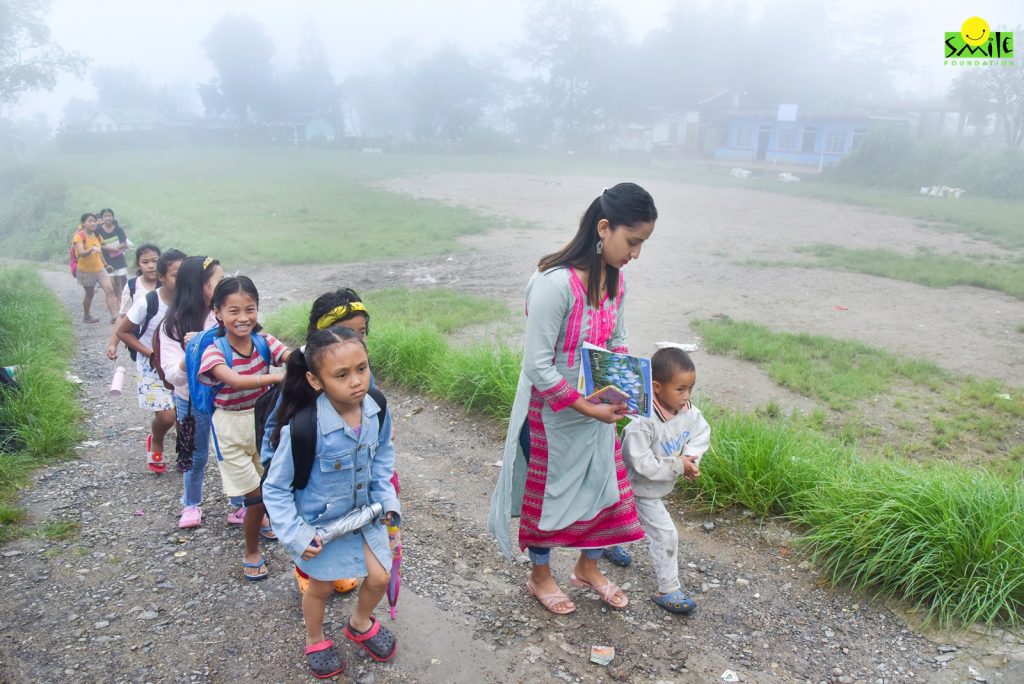
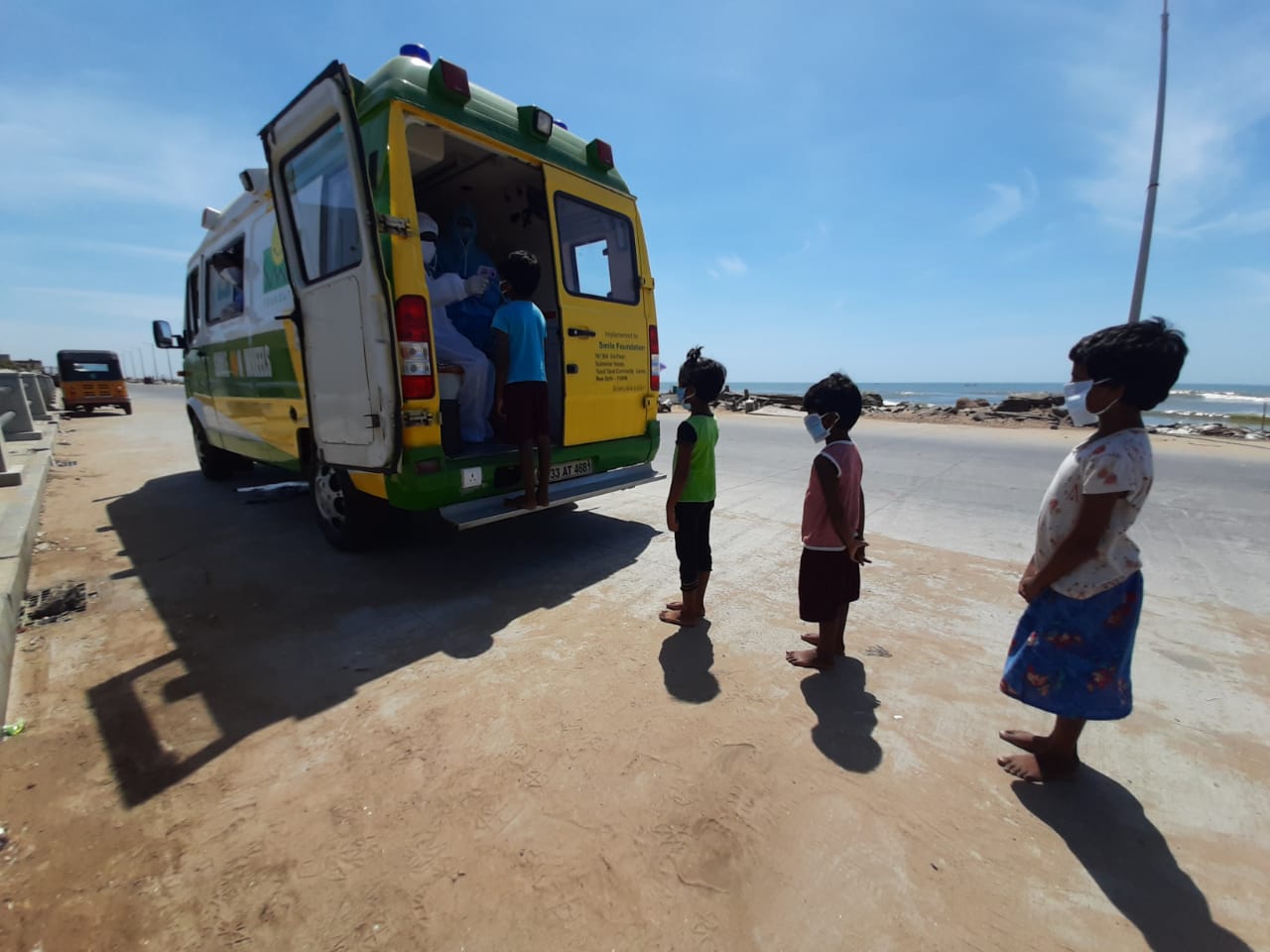

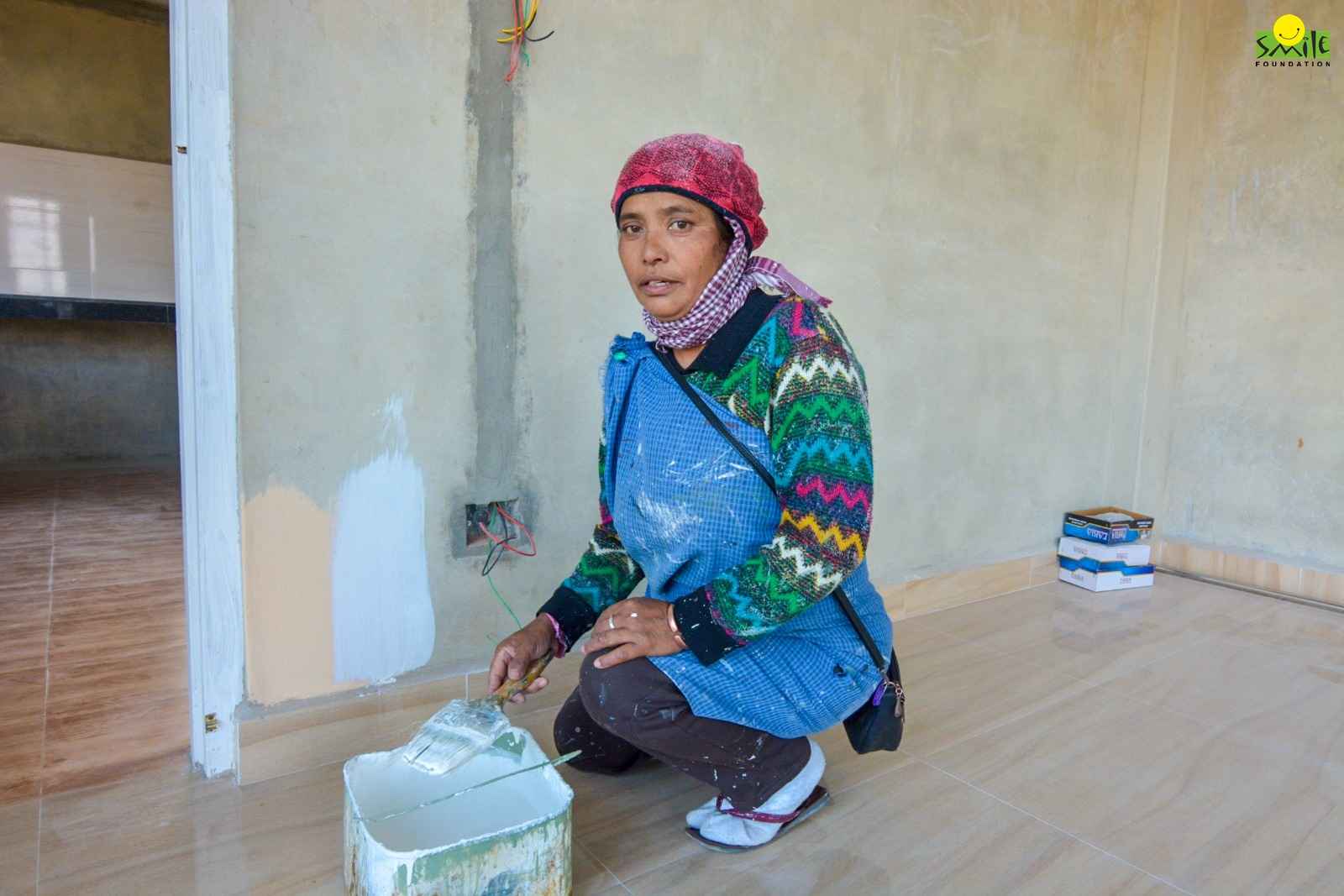
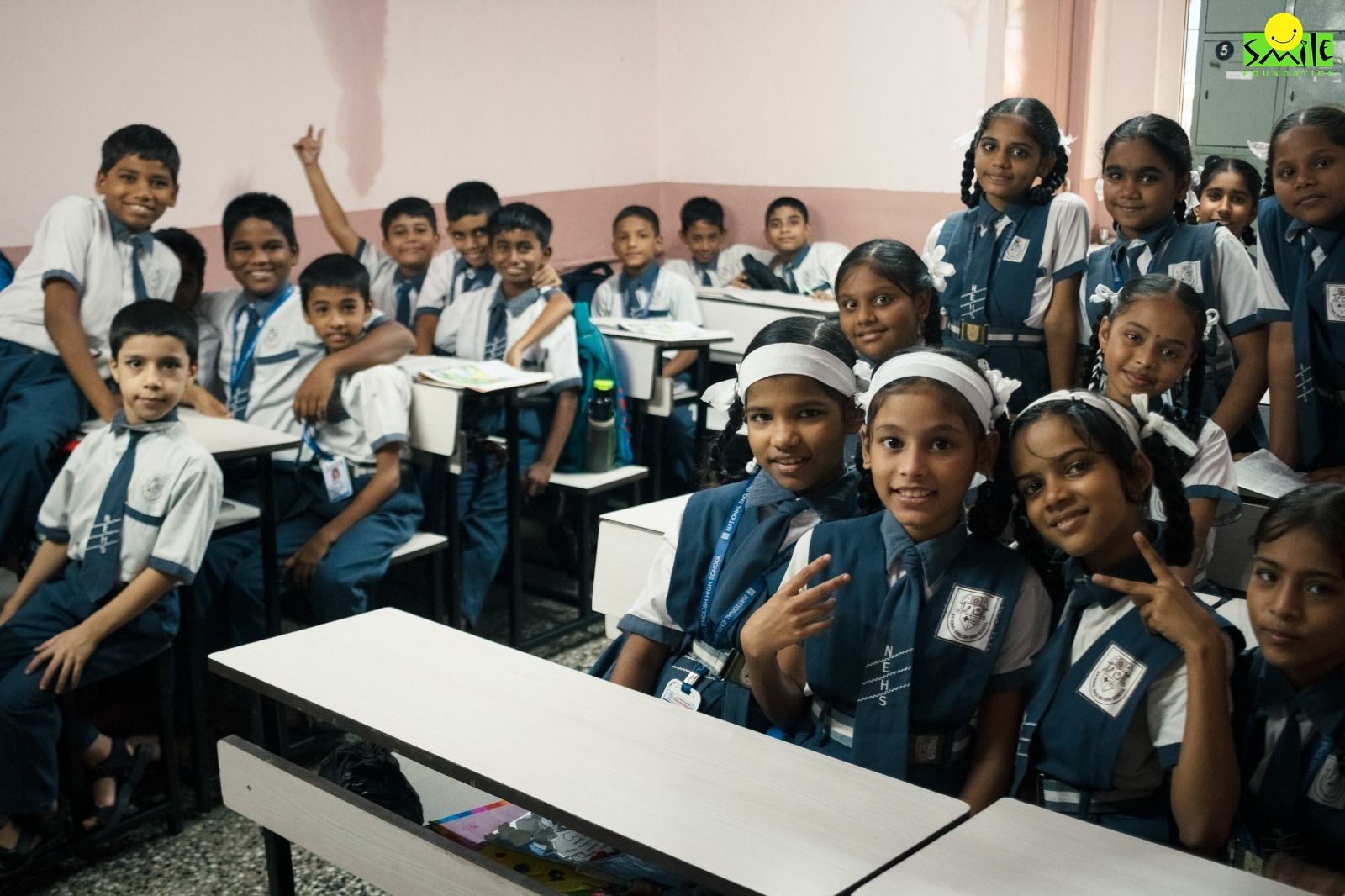
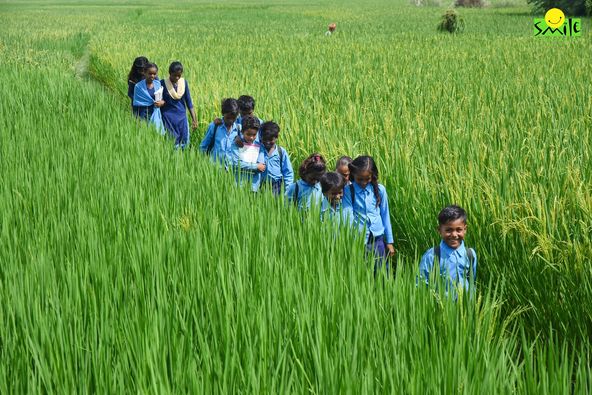

One reply on “Cancelling Corporal Punishment in Schools”
Excellent explanation